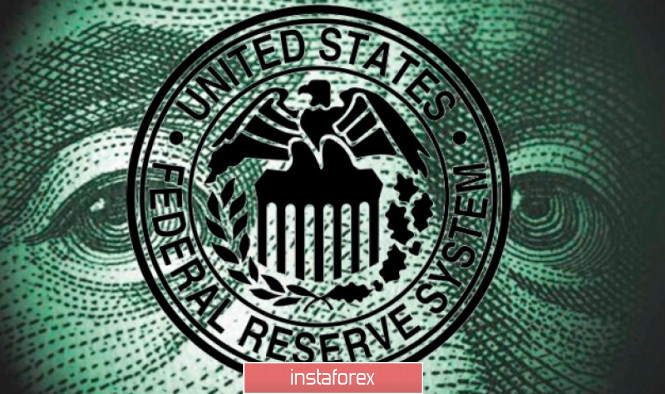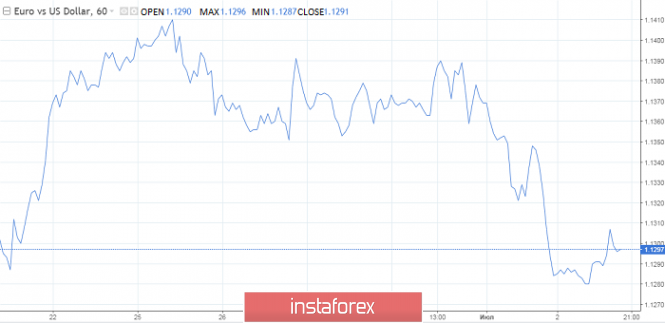
Financial market participants are overwhelmed with emotions, and they are trying to run ahead of the statistics. Derivative contracts are still confident in easing the Fed's monetary policy at a meeting in July, although they reduced the likelihood of its reduction by as much as 50 bp from 40% to 21%. Despite a strong slowdown in business activity in the US manufacturing sector, US stock indexes reached a new record high, and the S&P 500 in the first half of the year showed the best dynamics in two decades. The euphoria over the resumption of the US-China trade negotiations swept the markets, but not for long. Moods have deteriorated, since Donald Trump again began to bend his line - "America first." In his opinion, the terms of the trade agreement should be most beneficial for the United States, and not for China.
At first glance, the slowdown in the index of purchasing managers in the US manufacturing sector increases the chances of a Fed rate cut. This should have a negative impact on the dollar, but the EUR/USD pair cannot consolidate above the 13th figure. The fact is that everyone perfectly sees the advantages of the US economy over other countries that are weaker compared to it. World PMI for the second month in a row ends up in the red zone. This was not seven years. Economic expansion in America has reached a new record high.
The current expansion lasts twice as long as the average. No need to be surprised at the strong dollar and record highs of the S&P 500. US stock indexes look better than world peers. The divergence of their dynamics was recorded last year due to trade disputes between the United States and China. Now one of the main drivers of the rally in the US securities market is the expectation of a rate cut by the Fed.
But here everything is very difficult. So, the head of the Federal Reserve Bank of Richmond Tom Barkin announced the existence of two worlds. In the first, more realistic, consumer spending is strong, and business investment is flat due to prolonged trade disputes. There is no need to reduce the rate.
In the second world, company managers are starting to lay off workers, which reduces consumption and the economy is slowly growing. In the case of reducing its rate of recovery to less than 2%, the US central bank will have to resort to monetary expansion.
It is possible that the Fed officials will decide to wait after all, while the ECB, led by super-Mario, will lower rates. Lead economist Philip Lane says that ultra-soft policies have previously shown themselves to be the best, so the central bank can return to them. Klaas Knot, positioning himself as a "hawk", notes the indisputable fact of low inflation. The head of the Bank of Spain, Pablo Hernandez de Cos, is confident that the ECB's CPI forecast of 1.6% for next year is far from true.
Differences in economic growth and the monetary policy of the two largest regulators are the most important drivers of the EUR/USD pair, which push it down. An impressive report on the US labor market for June is needed to develop the success and get the main pair out of the consolidation range of $1.12-1.14.

However, today the representatives of the ECB have mentioned that the regulator is not planning to return to quantitative easing just yet. On this message, the euro surged and reached a new intraday high. Officials prefer to wait for data on the economic situation in the region. According to Bloomberg, at the July meeting, the regulator may change its rhetoric and the text of the final statement.
It is worth noting that the ECB often uses a similar method of communication with the market. Thus, it checks the reaction of traders to one or another information.
The material has been provided by InstaForex Company - www.instaforex.com